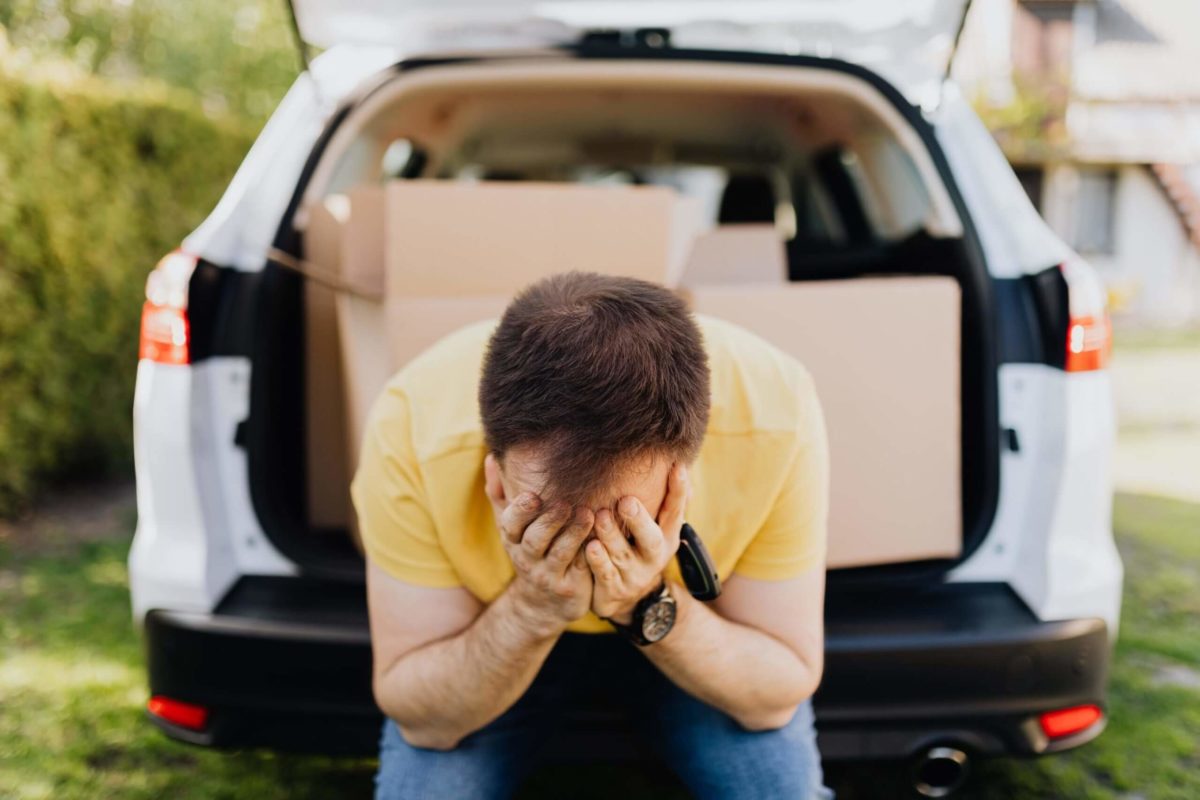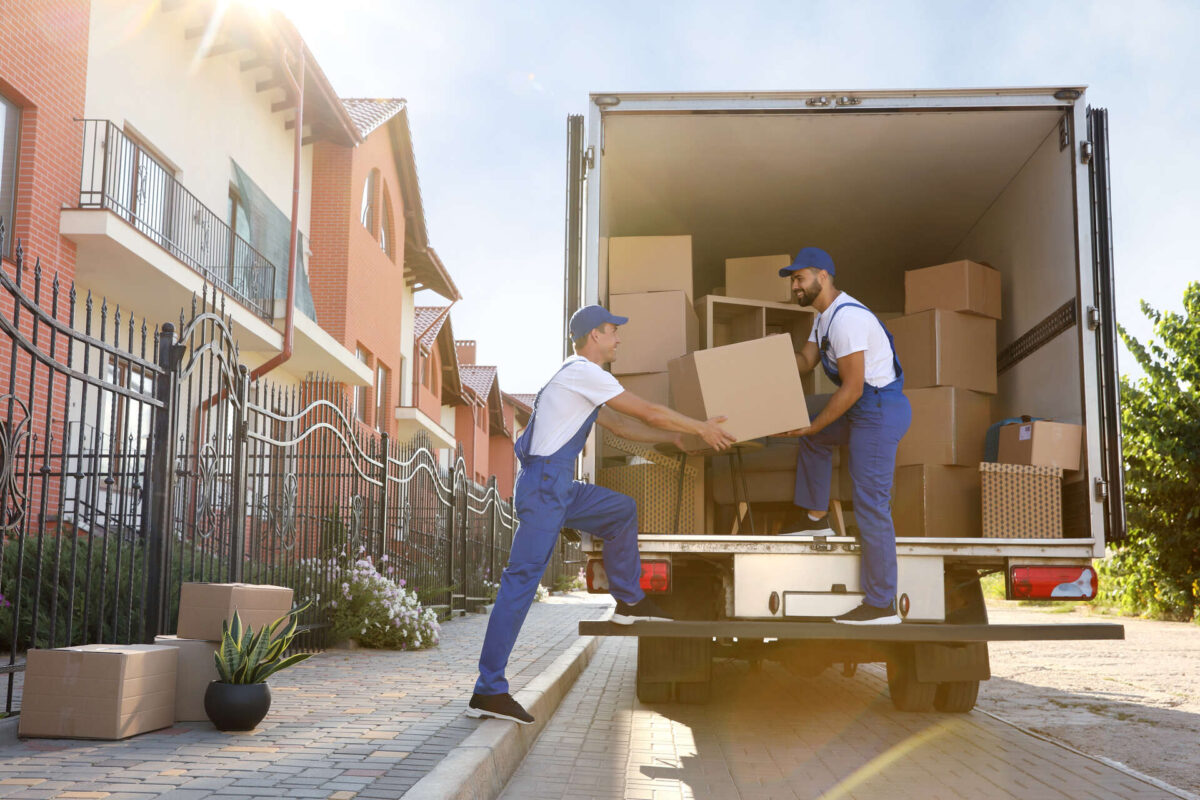What Is Padded Paper and Why Use It?
Paperboard is leading the pack when it comes to relocation essentials. According to Statista research, it claims about 33% of the global market in packaging materials, outshining both rigid and flexible plastics.
When it comes to efficient packing strategies, there’s a way to pack up your worries too. Here comes your ultimate guardian angel – padded paper for moving. From furniture to glassware, every cherished item earns first-class treatment under its watchful layers. Ready to roll? Let’s unfold the secrets to a bump-free journey.


Paperboard is leading the pack when it comes to relocation essentials. According to Statista research, it claims about 33% of the global market in packaging materials, outshining both rigid and flexible plastics.
It’s definitely something you shouldn’t forget when moving. But what is it exactly? This protective all-star comes in all shapes and sizes, all of which are crafted from layers of sturdy and supportive materials. Whether you’re boxing up books or wrapping up your wine bottles, it’s the go-to for keeping everything intact when moving cross-country.
Why is this material the overlord of all protective packing solutions? It’s simple – these pads are the ultimate protectors. More than simple layers of paper, they’re a comprehensive defense strategy against bumps and bruises during the journey.
Sure, professional cross-country moving companies are there to make the journey that much smoother, but the road can be unpredictable. Luckily, this packaging reduces the risk of damage, ensuring all of your belongings arrive just as they were left – pristine and unblemished. All in all, consider it your golden ticket to a stress-free move.


We’ve touched on the fact that this packaging material comes in various forms, including eco-friendly moving options. Actually, this very versatility makes it perfect for an efficient move. Each type is designed to meet specific needs, providing options for both your bulky furniture and most fragile items. If that packing schedule is well underway, here are a few common rolls you’ll encounter:
Listen closely, because here’s the most important out of all padded paper packing tips – always think about each item’s material, size, and fragility when choosing what to protect it with. For instance, electronic devices and the more delicate stuff benefit from thicker, cushioned materials that shield against shocks and jolts.
When it comes to the bigger parts of the whole relocation equation, medium-thick furniture paper pads offer substantial protection while allowing for efficient use of space in the moving truck. For anything else on the smaller side, opting for moderately thick bubble wrap offers flexibility and a solid protective layer.


There’s no secret about it – hiring professional long-distance movers like Cross Country Moving Company is the antidote to relocation stress. These pros will not just move your belongings – they will make sure each piece is treated with the respect it deserves.
From expert packing techniques to even handling trickier parts such as auto shipping, comprehensive cross-country moving services can take a lot of the guesswork out of the whole ordeal. However, if you’re up for some hands-on action, here’s how you can protect your belongings effectively, DIY-style:
First things first, set the stage for success by creating a clean and spacious wrapping station. Start with a flat surface, free from dirt and debris, which could scratch or soil your items. Stock up on plenty of paperboard materials and other supplies before you begin, making sure everything you might need is within easy reach.
Laying a solid foundation is key. Place a sheet of your chosen material flat on your workstation. For flat items like dishes or picture frames, begin with a layer of soft cushioning material on the bottom. This initial layer acts like a shock absorber, providing the first line of defense against bumps and jolts on the road ahead.
Take the time to wrap each item individually, giving it the attention it deserves. Focus on covering every angle, especially corners and edges, which are prone to dings. If an item is particularly delicate, don’t hesitate to add extra layers for additional cushioning. For the bigger pieces of the bunch, do it just as carefully – just because they’re bulkier doesn’t mean they’re immune to scratches and other damage.
Efficiency meets safety when you bundle similar items together. This technique not only saves space but also enhances the structural integrity of your belongings. By grouping similar items, you stabilize them, reducing the risk of movement that could lead to damage during transit.
Finally, secure your work with high-quality tape. Wrap it tightly, making sure that the items are snugly bundled without being overly compressed. Pay particular attention to the ends and seams of the wrapping, as these are the areas most likely to come loose. Don’t be afraid to double-layer with tape when needed. A well-sealed package is less likely to open up, providing peace of mind as your belongings make their journey.
Now that we’ve nailed the basics, let’s level up your strategy just a bit more. Sure, paperboard is a true packaging staple. But sometimes, even the leading players need a sidekick. Here’s where materials such as bubble wrap can really shine.
This dynamic duo should be used to your advantage for things that demand a little extra TLC. Items like your grandma’s vintage vase or that mirror that taunts you with the possibility of breaking just from a simple touch could surely use additional protection. Wrap these fragile items in padded paper first and then add bubble wrap to create an unbeatable protective buffer.
Even the best materials can falter without the right technique. One common slip-up? Underpadding. It’s like sending your dishes into a pillow fight with a tissue – just not enough armor! Always double-check that every nook and cranny is cozily cocooned, especially at the corners and edges.
Another frequent faux pas? Not securing the wrap and containers appropriately. Imagine wrapping a gift and forgetting the tape – chaos ensues. Make sure your wrap job is taped tightly, with no loose ends inviting disaster. By sidestepping these pitfalls, you’ll turn potential moving day blues into a symphony of packaging success.


Every professional long-distance moving company out there is all about that padded paper life. It’s like their secret sauce for keeping your belongings snug and safe. Moreover, they frequently employ the versatile approach we’ve just discussed, using bubble wrap, foam, and other types of padding for your belongings.
Getting comprehensive packing services is truly like hiring a professional bodyguard for your valuables. They bring all the top-notch materials – paper furniture pads, bubble wrap, you name it – and handle everything. From wrapping up at your old haunt to unpacking in your new home, they can cover the whole shebang. Therefore, booking a cross-country moving service can help you focus on the more exciting parts, like where to put the couch or which takeout to order first in your new neighborhood.
Our mission is to bring high quality, long distance moving services to every customer.
Our expert moving teams are trained to ensure the safety of your personal belongings.

Cross Country Moving Company is the most trusted name in auto industry in the country.
Wrapping your treasures is just the beginning – you need to store them safely for the journey ahead. Just as much as the materials, proper storage and organization are your tickets to a damage-free arrival. Let’s pack these practices into your relocation to-do list:


That’s a wrap! From the cozy corners of your kitchen to the delicate details of your living room, this material is your ultimate ally. But remember, it’s not just about having it – it’s also about using it wisely. With the tips and tricks we’ve unpacked today, you’re well on your way to mastering the art of relocation.
Ready to move with confidence? Our Cross Country Moving Company is here to make it happen. From expert techniques to strategic loading, our long-distance moving services ensure every detail is covered. Contact us today – your adventure awaits, and we’re here to help you embrace it, one perfectly padded step at a time.
For a standard household move, the amount can vary based on the number and fragility of items you’re taking with you. Generally, you might need approximately 150 to 200 square feet of this material for an average three-bedroom home. It’s always better to have a bit extra than to run out mid-pack.
Yes, this material is much better than newspaper because it provides superior cushioning without the risk of ink transfer that can occur with newspaper. It’s specifically designed to protect items by absorbing shocks and bumps during transport, making it a safer and cleaner option for delicate and valuable items.
It can be used with virtually all types of relocation boxes, from small book boxes to large wardrobe boxes. It’s versatile enough to wrap items of any shape and provides excellent protection by filling voids and cushioning contents, which is essential for ensuring items remain secure in transit.